Erhard Audio Premium Lundahl LL1941, Premium LL 1941ag and Standard LL9226 Moving Coil Step-Up Transformers
For many enthusiasts SUTs are the preferred MC interface
Erhard Audio located in beautiful Ennis, Montana is the exclusive American Lundahl transformer distributor—(along with offering a variety of custom built, limited supply tube-based electronics) . It's basically a one couple operation with Holger doing the designing and building of a wide range of products and his wife Kelly doing the books—at least that's what I gleaned from the website. This review is way late and to the couple I apologize.
Erhard supplied a trio of Lundahl transformer based modules for this review, including the PREMIUM Lundahl LL1941 MC SUT that you see at the top of the page as well as a considerably more costly LL1941ag MC SUT, wound with silver wire, and a STANDARD LL 9226 SUT (the least expensive of the three) along with suggested resistors loads (but not the resistors themselves) for loading the secondary.
I was given suggested load values for the Ortofon MC Diamond and Audio-Technica MC-2022 as well as for the Lyra Atlas Lambda SL. The cases, (CNC machined, die-cast aluminum) available in a variety of colors contain the transformers and the PCB board seen below. There are gold plated RCA jacks at both ends. The ones with an accompanying ground lug are the inputs. Prices (subject to change due to tariffs are: LL 1941 Premium $699; LL 1941Ag Premium (silver wire): $2,290; LL 9226 STANDARD:$381.
There are both standard and premium options on the website as well as DIY kits and the variety of options make it very confusing. There's also an excellent guide that's well worth reading. The premium transformers feature amorphous cobalt core material—the standard models use either amorphous, cobalt based uncut amorphous strip cores or Mu metal depending upon model. Windings are Cardas "6 nines" high purity copper or as an option you can choose to have them wound with high purity silver (the "ag" option in this case), which as you all know can't possibly make a sonic difference because none has been measured and if you hear a difference you are suffering from "conformation bias" (wearing my sarcasm hat writing that).
When choosing among all of the options found on the website it's best to tell Erhard the cartridge(s) you'll be using. Should you choose to load the secondarys, you can solder in resistors of your choice in the PCB sockets shown at the bottom of the photo below. But you'd better know what you're doing before attempting that.
If you don't add loading resistors, it's easy to calculate the load the cartridge will "see" (unless you are mathlexic like me and then it takes a bit more thinking and even then sometimes in the words of the 3 Stooges' Curly Howard, "I try thinkin' but nothin' happens!).
For instance: if your cartridge's output is .5mV and you want X10 gain for 5mV for input to the usual MM phono preamp, or as, expressed in decibels 20dBs of gain. A 10 X voltage increase equals 100 X impedance gain (that's the math). The cartridge then sees 470 ohms (47kOhm resistor value of most MM phono preamps divided by the 100 impedance gain (47K/100).
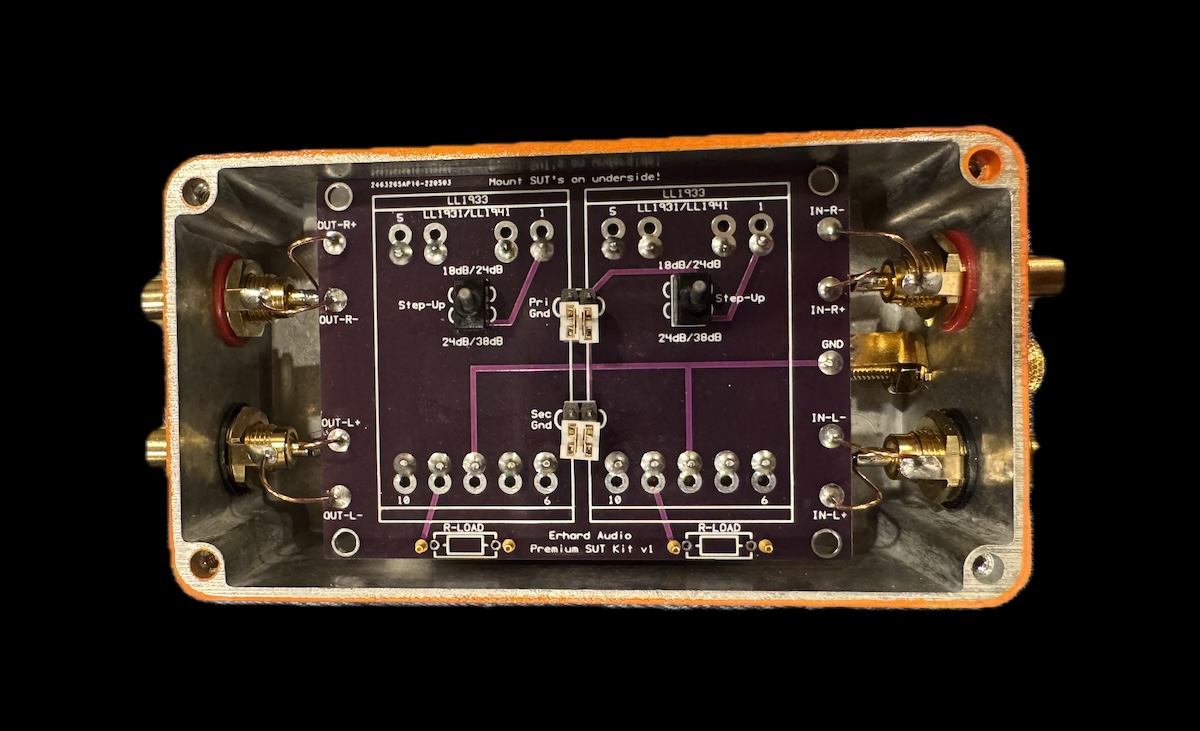 You'll also note for this unit, there are a pair of toggle switches that allow you to choose between 1:16 and 1:32 ratios for 24dB or 30dB gain.
You'll also note for this unit, there are a pair of toggle switches that allow you to choose between 1:16 and 1:32 ratios for 24dB or 30dB gain.
1:16 would deliver 16 X the voltage and 256 X the impedance gain so 47kOhms/256 (16 squared) =183.6 Ω and 1:32 would delver 32 X voltage and 47kOhms/1024 (32 squared)= 45Ω. Lyra's .25mV output Lyra Atlas Lambda SL would seem like a good match for the 1:16 ratio since that would produce 4 volts, a good number for must MM phono preamps while 1:32 would produce 8 volts, which might surpass the overload margins of some MM phono preamps and 45Ω seems low for Lyra anyway since Lyra recommends 104Ω minimum but that's into an electronic phono input. Lyra recommends an SUT designed for 1-3Ω cartridge impedance. Are you confused yet?
Transformer Confusion
Choosing a transformer can obviously be a daunting task and you'll hear 100 different opinions from 100 different people including some who say "stay away from them entirely if possible" and others who say "don't listen to an MC cartridge without one". You can find online people who own many transformers and cartridges and they go through in great detail how multiple iterations sound but in my experience until you try it yourself in you system with your cartridge and MM preamp etc. you have to be very careful about taking anyone's word for how something will sound in your system with your components.
Another way out of this maze is to buy the transformer manufactured by the same company that manufactures your cartridge.
Reader "bwb" was kind enough to suggest a useful website . There you'll find a detail description of how transformers work, how loading them works, complete with graphs. Check it out.
I do not claim to be an SUT aficionado or an expert but I have had some experience through the years, and I do know a few things: if you insert a 1:1 transformer into a line, you get isolation but no electrical changes. As you increase the turns on the secondary side relative to the primary side you induce a voltage gain and a current loss. I'll stop there.
I have tried a few SUTs but have not devoted considerable time or effort to them especially now with transimpedance phono stages that don't require them and don't depend on voltage gain or require loading.
I own multiple large Ypsilon SUTS to use with the Ypsilon VPS-100, which is a costly MM phono preamp requiring SUTs when used with MC cartridges. I also have and have reviewed the TONA SUT. And be sure to read Dave McNair's "Shoot Out at the SUT Corral" (and be sure to read reader bwb's "corrective surgery" in the comments section)!
Ypsilon's transformers in addition to being very large and heavy, allow you to load either the primary or the secondary. The load a transformer presents at its primary is calculated by dividing the resistance connected to the secondary with the transformer turns ratio squared.
So for the Ypsilon MC-16 for instance, has a 16x turns ratio (24dB gain). So: Rin=47k/16*2=183.5Ω. But that's for a transformer with no windings resistance so rather than 47K (which is the "standard MM input resistance") you should calculate it adding 450 ohms at the secondary and 8 ohms at the primary (according to Ypsilon's Demetris Baklavas for his MC16). So Rin=47450/16*2+8=193.3Ω. Close enough.
Around 200 ohm loading and 24dB gain would be correct for many MC cartridges. so done. though you can add resistors at the primary to achieve other results. With his transformers you can try loading the secondary instead, which is how these Lundahls load.
Why do that? Mr. Baklavas says, "Loading the secondary can provide some damping of the leakage inductance of the transformer (the inductance due to coupling between primary and secondary). The resistor to load the secondary should be much higher in value, usually 10K-22K. The large transformers need to be driven with low impedance cartridges for extending the low freq. corner. Then the ringing in high frequencies is higher and is observed also on the step response in the squarewave. Loading the cartridge through loading the secondary, damping of the overshoot in the step response occurs. But since there are too many parameters here, experimenting is the best way with it (Italics mine). Too much loading may overdamp the transformer killing dynamics. Generally only in few systems I found that loading from the secondary is needed. I can provide the formulas to calculate how to load from the secondary if you like."
He provided the formula, which I won't give you here, but with it, loading the secondary (of the MC-16) with a 15kHz resistor will result in 44 ohm cartridge loading, theoretically better for a very low internal impedance cartridge like the Ortofon MC Diamond.
And in fact, the load recommendations from Erhard for the Lyra, Ortofon and A-T cartridges are all high resistance numbers (though Erhard did not offer the final resistive load the suggested resistors would produce). Fortunately I have a selection of very high quality Vishay "nude" resistors.
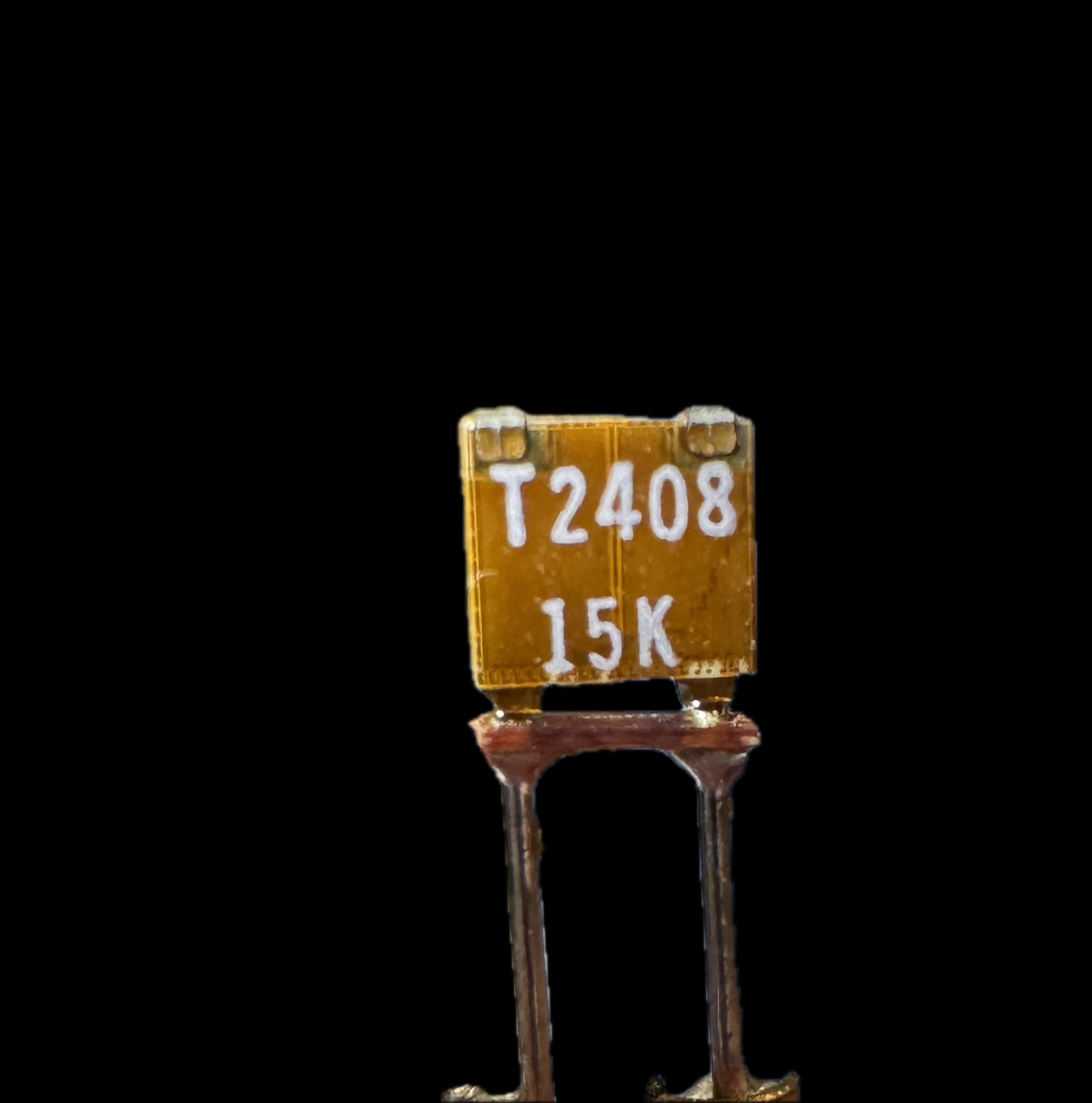
Maybe your eyes are glazing over and you definitely don't want to experiment like this. Of course you can buy "one (or two) size fits all" type SUT like the highly regarded Quadratic Audio MC-1, which has jumpers to give you a choice of 22dB or 28dB gain/ 200Ω or 70Ω into a 47kΩ load. Those choices cover a wide range of cartridges unless you are super finicky about exact loading in which case, these Erhard Audio modules might be for you.
So, the supplied LL 9226 SUT with a 1:20 ratio means a 20 X voltage increase (suitable for a .2mV output Ortofon MC Diamond for instance), which means 400 x impedance gain. So 47K/400 is 117.5 Ωs. The Ortofon's 6Ω internal impedance means it likes to "see" at least 60Ωs (Ortofon recommends <10Ωs. So is 117.5 so far off? You'd have to listen to this SUT "unloaded" and decide for yourself.
I Chose To Listen W/O Soldering In Resistors
Ultimately since I don't own these modules and am not buying I decided to first listen as delivered with no loading resistors. The goal is to produce gain without changing dynamics or frequency response compared to what you'd get using electronic gain either voltage or transimpedance-produced.
I used Analysis Plus Silver Apex interconnect, which costs $1106 per meter/pr. i've found by experience that the greater the shielding the more transparency deteriorates, but the less the shielding the greater the hum. This well-shielded cable is transparent and hum free so positioning the wire "just so" isn't necessary.
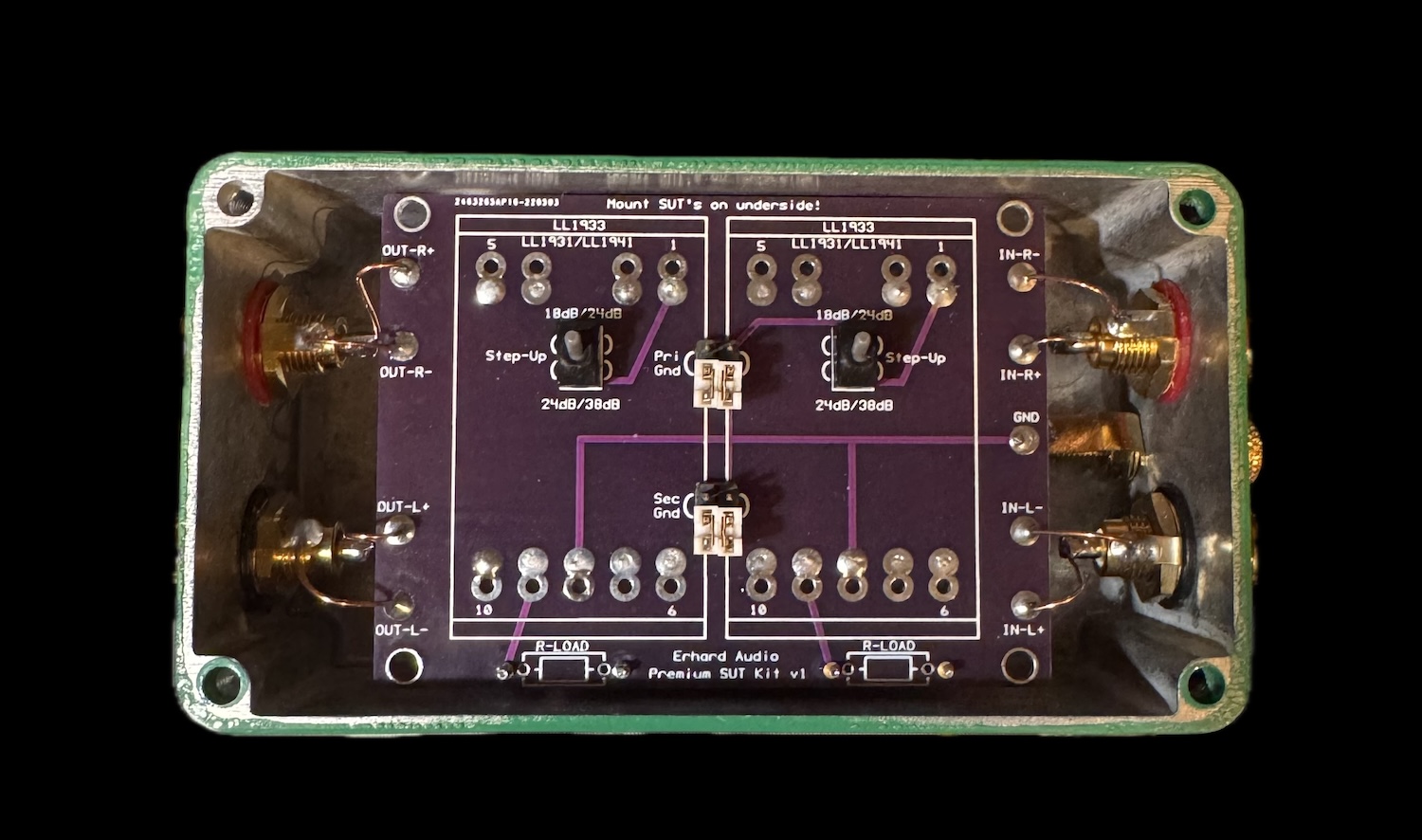 The LL 1941 Ag
The LL 1941 Ag
With the LL1941Ag case opened, you can see the toggle switches allowing you to set 1:16 (18dB) or 1:32 (24 dB). Using 24dB results in approximately 200 ohm loading, which is good result for the .25mV output Lyra Atlas Lambda SL—at least with electronic gain. Lyra has other ideas for transformers but first, why not listen! Which is what I did. The jumpers are for grounding options depending upon whether or not you experience hum.
Run into one of the CH Precision P10's MM/MC voltage amplification based inputs set to 47kOhms and 40dB gain produced let's say a difficult to argue with transient delicacy and "non-electronic" musical flow. David Rawlings sent me a re-cut of Gillian Welch's The Harrow & The Harvest (Acony ACNY 1109LP), this one mastered on the lathe he lovingly rebuilt that now resides at Woodland Studios. He told me he thinks he got more out of the tape to lathe transfer, this one plated by Gary Salstrom and pressed at Paramount Pressing and Plating, (which he now owns).

The original sounds as good as records can sound as far as I'm concerned. Because of its semi-transparent faint green tint, the new one appears to be pressed on Neotech VR900, which of course will give it a slightly different overall texture and tonality and the differences were made clear playing both through this transformer.
The new mastering and pressing pushed Welch's voice further into the studio and puts the listener in there are well to a greater degree than did the original, which was plenty transparent to begin with.
Both pressings through this silver wire SUT produced a noticeably more delicate and nuanced attack than heard through the CH's transimpedance input, which had its own sonic pleasures, though different. Lengthened sustain intensified the music's flow, which served only to increase listening pleasure. The overall tonal balance did not change between SUT and transimpedance, or at least to any noticeable or significant amount.
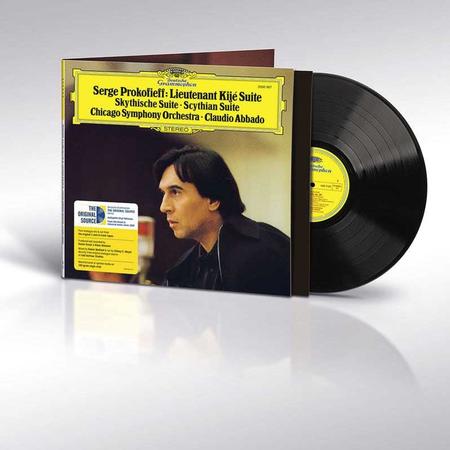
I've played that OSS Abbado/CSO "Lieutenant Kijé Suite" more times over the past few weeks than I ever thought I would. Some plays were for friends, but I got to know it well through the CH transimpedance input using both the W-B Tesselate cartridge and the Lyra. The silver wire wound SUT produced a very different presentation—more liquid, airy and finely textured. The bottom end drum "thwacks" were not as bombastic and thunderous but the sensation of skin being hit was intensified and the snare drum maintained the "snap" heard through the transimpedance input. Wind and reed instruments, piccolo, flutes, clarinets and oboes had intensified airiness and "reediness".
There was a greater sense of air in the hall—I'm not suggesting that the more familiar presentation was lacking, or is now disappointing. The differences while obvious don't mean one is necessarily superior. They are just subtly by obviously different.

After a few such experiences, recordings come to mind you feel that you need to revisit. I thought of Joan Baez In Concert (Vanguard VSD-2122) and was rewarded with as delicately drawn and transparent a rendering as I've ever heard the record. The clarity of the acoustic space behind her pristine voice, the cleanliness of vocal sibilants and the natural, effortless presentation of the strummed guitar surprised. The transimpedance presentation made clear that the overall system had improved since the last time this chestnut was cracked, and it too produced these qualities, but differently. My conclusion was that had I not already owned a few good transformers, I'd want to add this one for listening to certain recordings.
Switching from the $2,290 LL 1941Ag Premium to the electrically identical $699 1941Premium wound with copper wire should produce no sonic differences according to the "we now can measure everything" people (who by the way said the same thing 20 and 30 years ago and were wrong then too) produced a sonic picture that was identical in some respects (tonality/timbre) but fundamentally different in others (textures, transparency, spatiality). If you think it's confirmation bias, bless you, but it's not! Even the applause on the Baez record sounded fundamentally different: skin slapping together versus "cardboard-y". Baez's acoustic guitar lost its "live shimmer" and was blended into the acoustic rather than appearing floating in space, and so on and etc.
The $381 LL 9226 Recommended for the Ortofon MC Diamond and Audio Technica MC-2022
The point not being that these two outstanding and costly cartridges deserve a cheap lunch but rather that its fixed 1:20 ratio produces around a 117Ω load, which is close to what both Ortofon and Audio Technica recommend.
I never did get around to installing the MC-2022 or the MC Diamond, but i did use this SUT with the Ortofon MC-90X and it proved to be an excellent match, though I suppose were I choosing an SUT for a $5500 cartridges I'm aim higher. HOWEVER: I'll soon post a review of the new Ortofon MC X40, the top of the new MC X line that replaces the older Quintet series. Just a preview: these new MC X cartridges are worlds better than the older Quintet line and the combination of the $1199 MC X40 and the $381 LL9226 was serendipitous and while not on the same sonic level as the MC-90X, after a while I was easily able to forget about the differences and just enjoy the combo's exceptional sonic performance at a fraction of the cost! True, both cartridges were mounted on the 12" Supatrac Nighthawk, another review coming up shortly, but the bottom line is, this circa $1600 combo was mighty fine!
Conclusion
I'm sorry it took so long to get this review written but there were a lot of moving parts and I didn't want to publish the review without moving all of them. First lesson learned is don't obsess over loading—as long as you're in the ohm-ic ballpark. Second one is even with as accomplished a transimpedance phono preamp as the CH Precision P10, there's something about a step-up transformer interface that can produce a particular kind of sonic magic Third lesson was that if you spent time comparing the silver coil SUT with the copper one you'd have no problem telling anyone who asked if you could "hear" silver, "why yes I can!". At least in this scenario, the silver coils produced spectacular sonics.
Do I have any criticism of the Erhard Audio's products and/or instructions? Why yes! There is a bit of confusion in the instructions that should be more specific about saying "We have installed no resistors on the boards so as delivered these SUTs will load your specified cartridges at ....Ωs. The instructions should also specify what load you'd arrive at using the recommended resistors, but they don't.
One more confusing thing: the instructions for the LL1941 say (for instance) " ....the following R-LOAD restore values are recommended. Lyra Atlas Lambda SL—5.36K; 6.54K with the toggle switch set to LOW". Why is there a semicolon in there? What does that mean? resistors between 5.36K and 6.54K are good? Yes, I could have called to clarify that but I didn't so perhaps Erhard will comment and clear this up.
Otherwise, it's easy to recommend these transformer modules and the company's set-up advice. And don't worry about soldering in resistors, though feel free to tweak!
Specifications
Erhard Audio Premium Lundahl LL1941, Premium LL Premium 1941ag and Standard LL9226 Moving Coil Step-Up Transformers.
See text for the various values etc.
Manufacturer Information
(406) 589 2251
phone number active Monday-Thursday 9AM-3PM Mountain time (voice mail all other times)


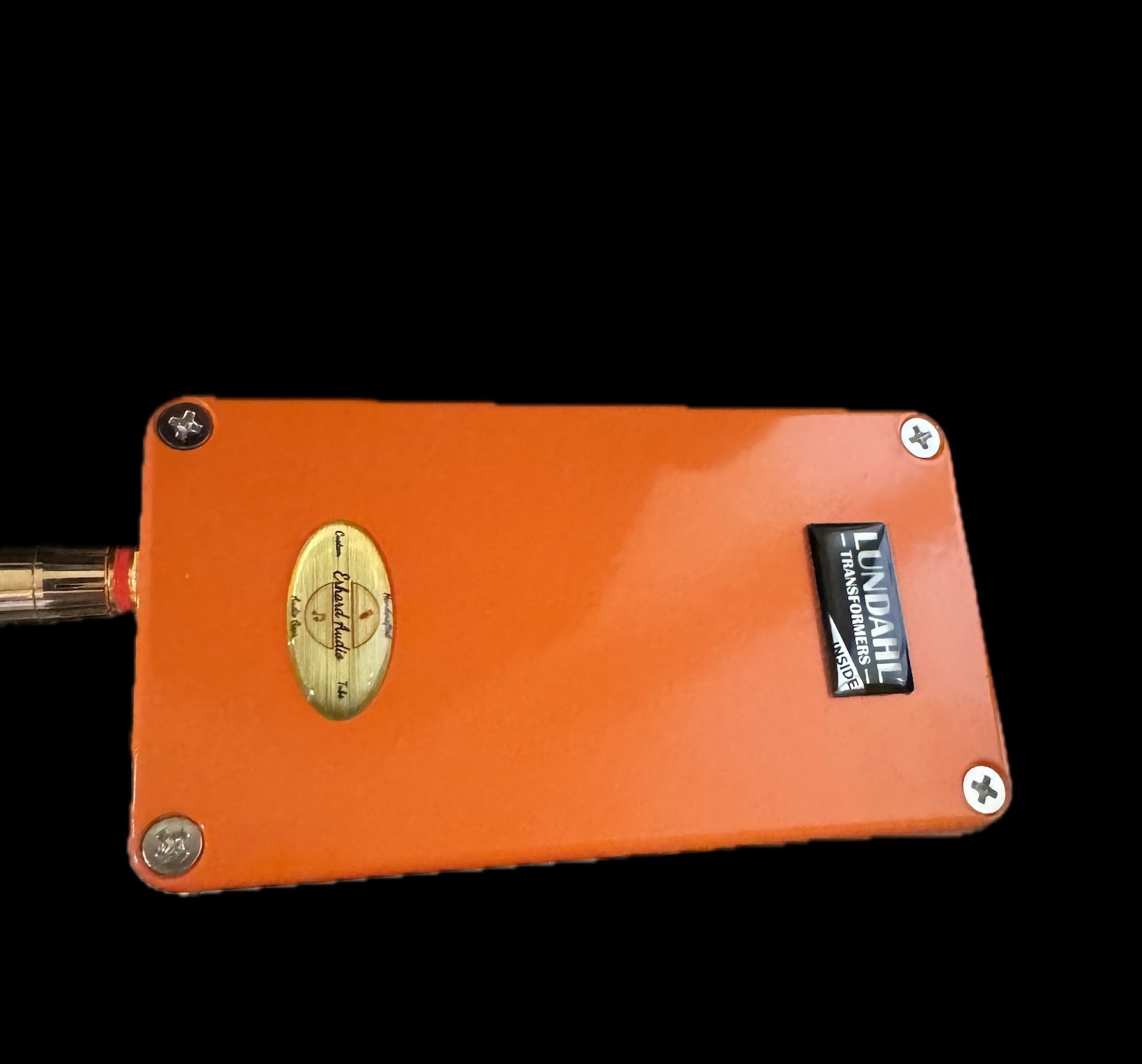

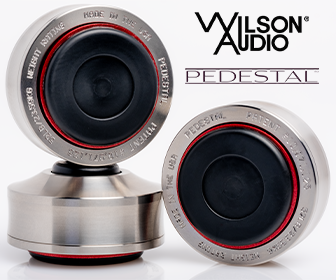
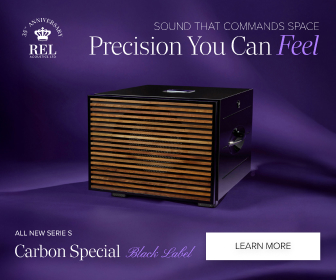

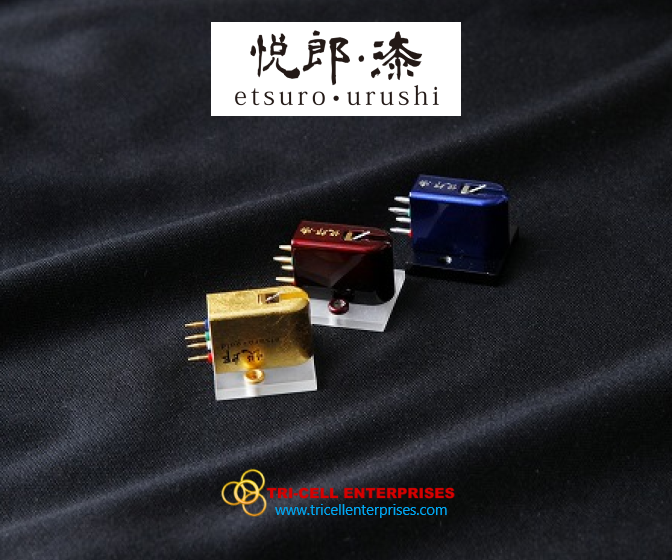
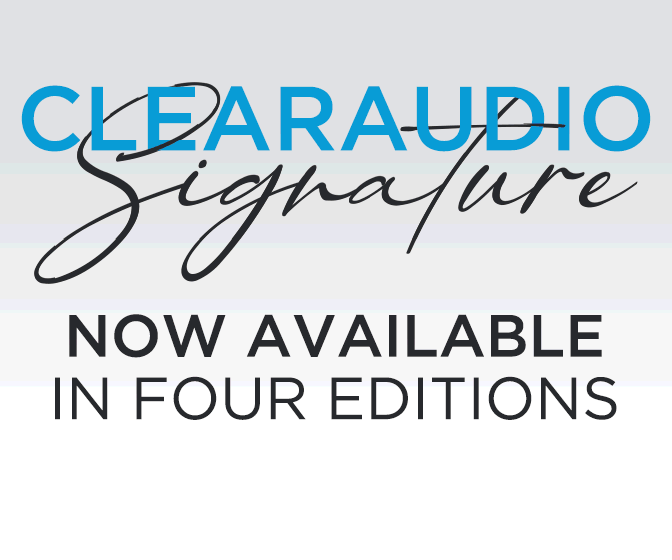
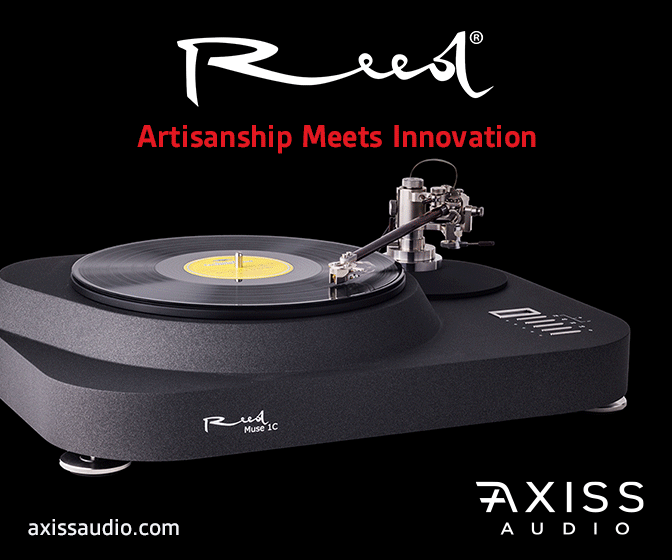
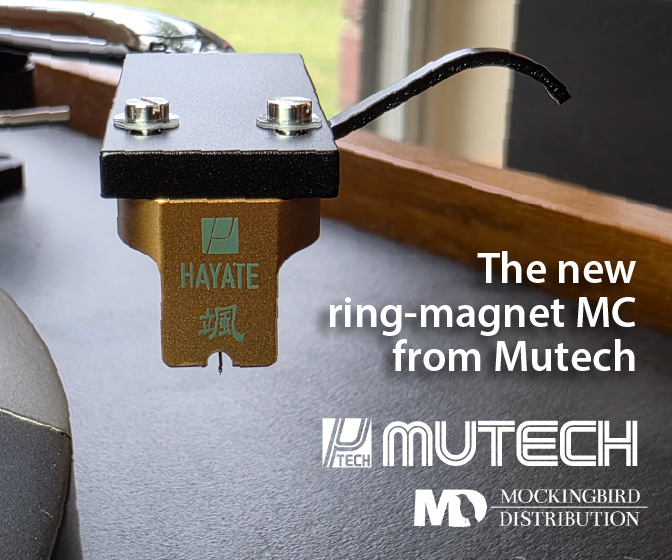
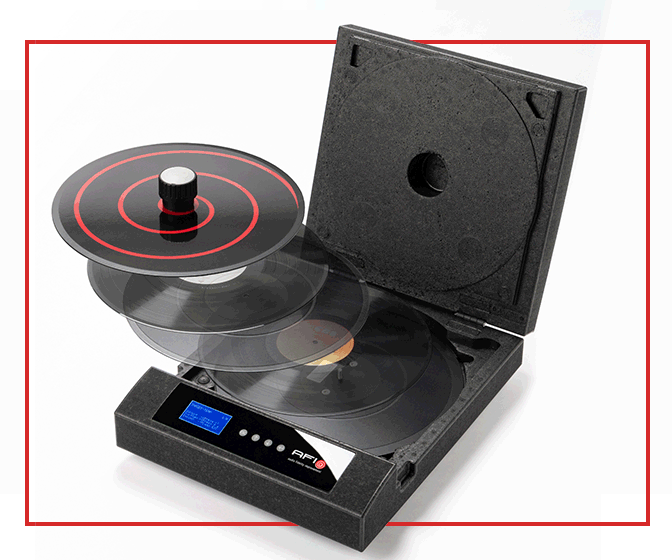
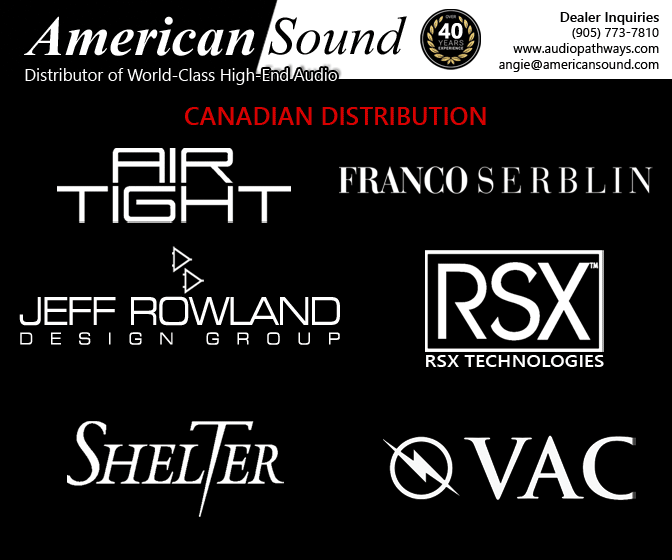
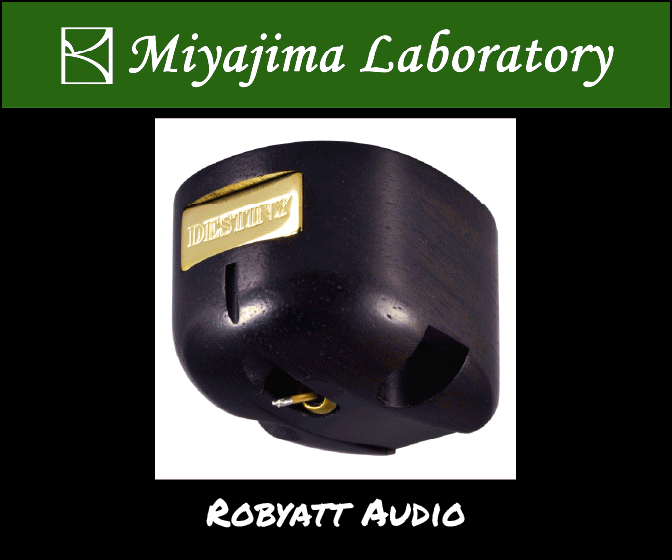


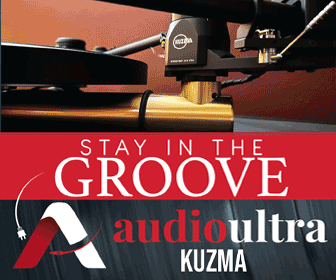
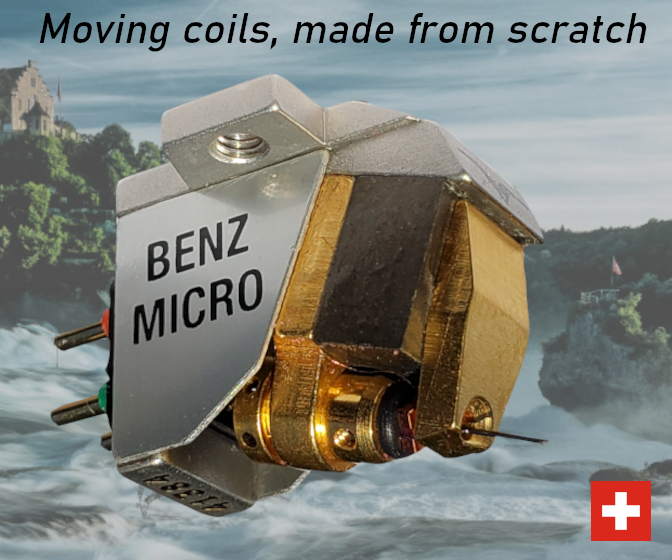
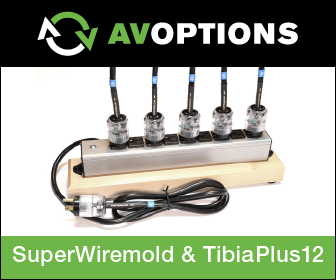
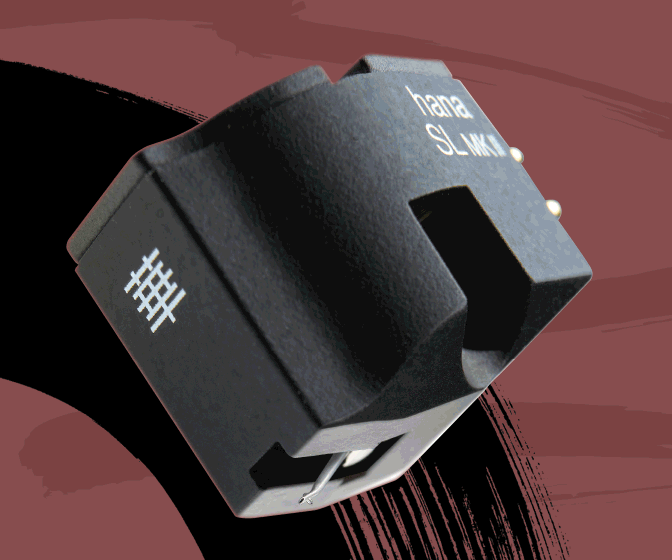
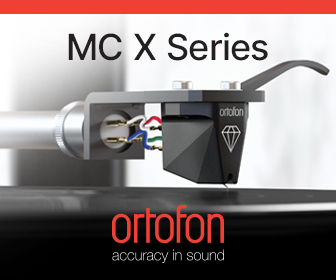
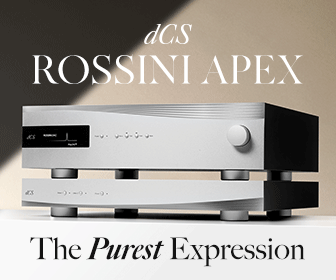

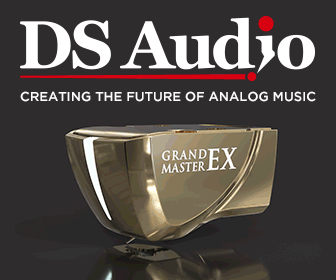
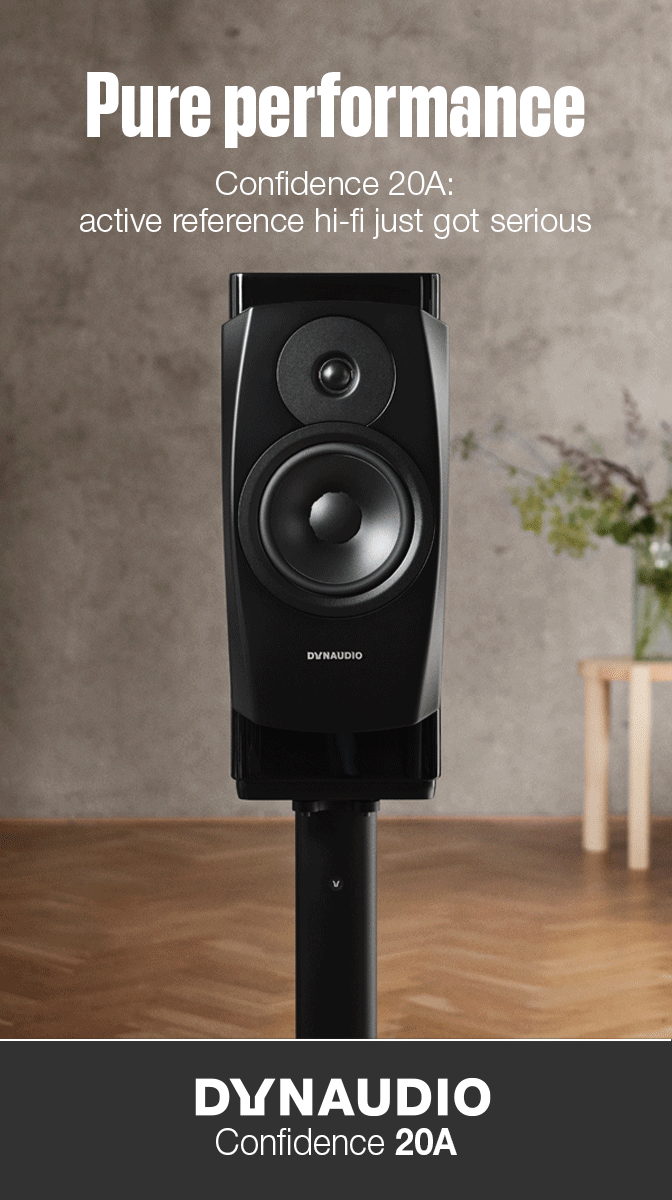
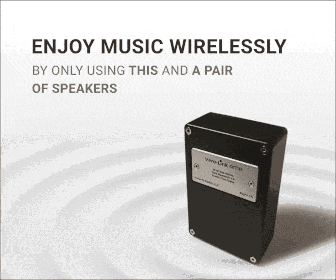
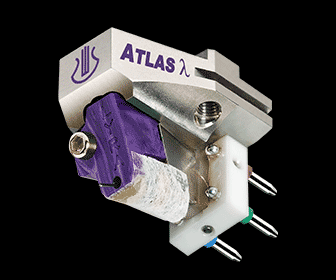

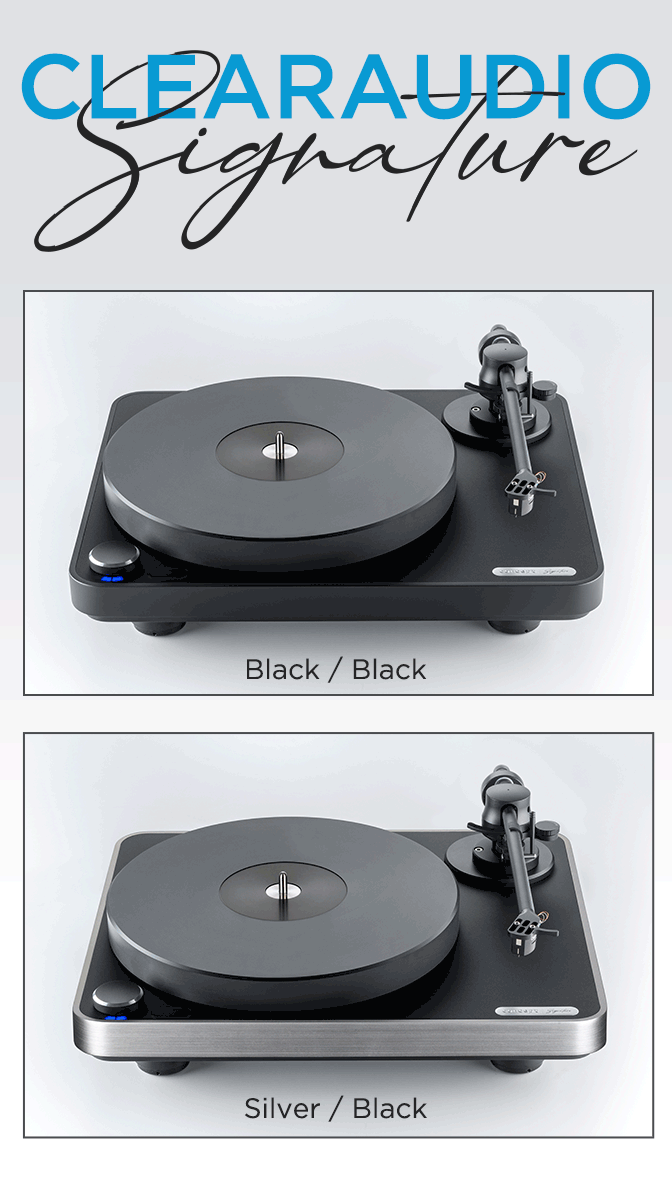

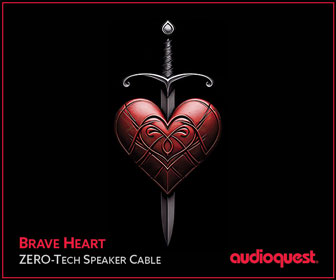
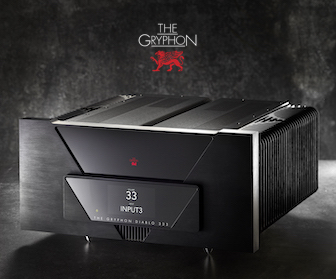
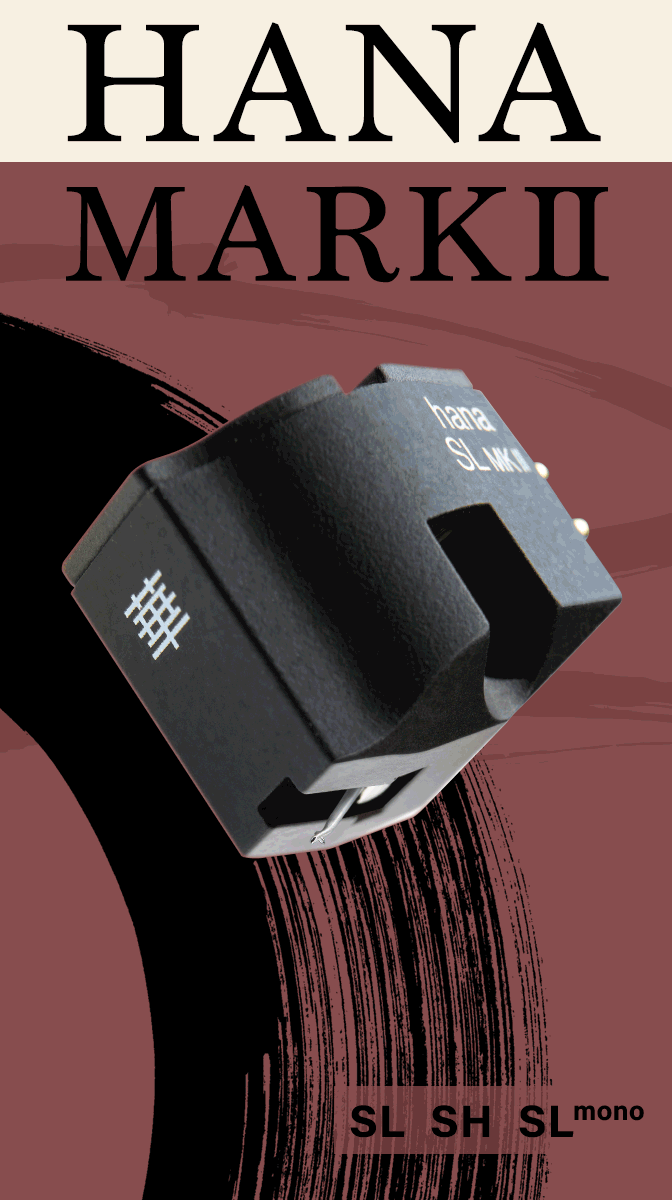


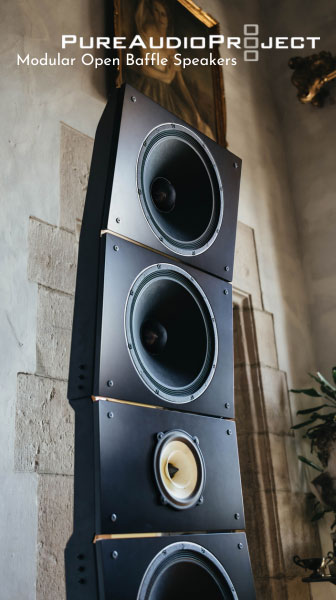
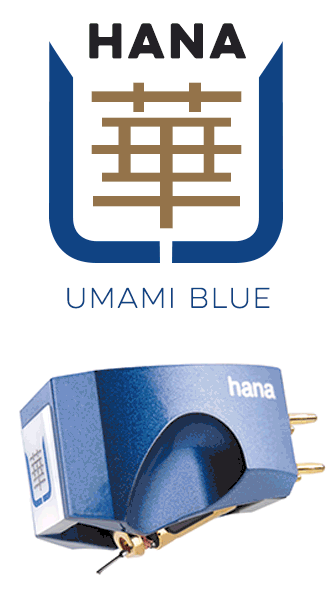





.png)








